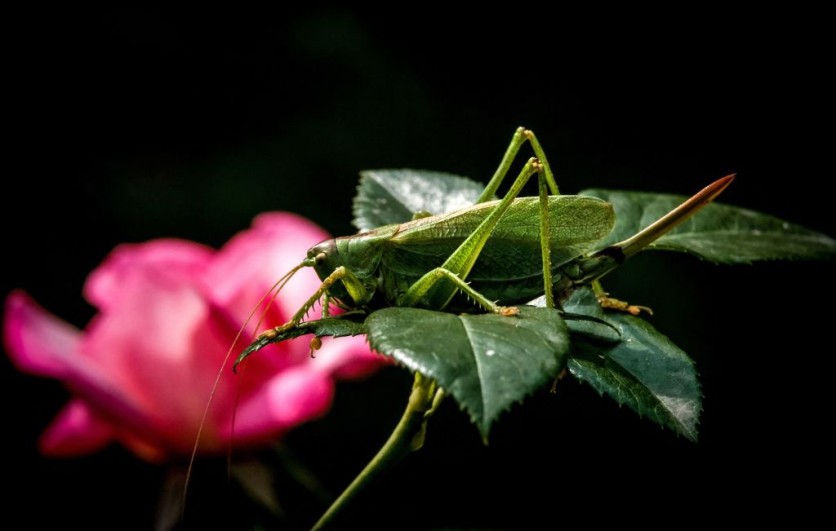Tel Aviv University researchers created a robot that can identify several smells, as reported by Neuroscience News.

The Robot and a Locust
The robot is a bio-hybrid platform that features a set of antennae taken from a desert locust. Its antennae is connected to an electric system that measures the amount of electrical signal produced by the antennae when they detect a smell.
The researchers paired the robot with an algorithm that can characterize the smells via their signal output. This resulted in a system that could differentiate between eight pure odors. In the future, the robot will be able to detect drugs and explosives.
The Usefulness of Locust
This is not the first time the pest has been used for scientific research and development. A team of researchers from Michigan State University published their research in June 2022 that detailed a system using surgically-altered locusts to detect cancer cells.
Also back in 2016, scientists tried to turn lots into bomb-sniffing cyborgs.
Also Read: Too Busy To Prepare Food? Meet This Omelet-Cooking Robot
Robots That Can Smell
Robots are gradually becoming more human-like. It is common to see news about robots being able to see and hear, but smell is not that common. Robots that are able to perceive virtually all the human senses, including smell, can allow them to explore their environment and interact with humans.
Since this technology is just developing, it could take years before you see it used in the real world. This technology is also beneficial to us humans, as it could help in identifying dangerous chemicals or food that went bad.
The bio-hybrid robot has a lot of promise, and it could be just the beginning for robots with sense of smell.
What are Bio-Hybrid Robots
Bio-hybrid robots are robots that are built using biological elements, such as cells, tissues, or whole organisms.
They're a combination of biology and robotics. Just like humans and many other living things, bio-hybrid robots have many functions and highly specialized structures. They differ from conventional robots because they use a technology that's not just mechanical.
The Future of Cyborgs
This is not the first time scientists have tried to make a cyborg of sorts. In the past, researchers tried to develop cyborg ants and bees. However, none of these attempts were successful because it is difficult to control the animals.
The robot sense of smell is still in its early stages. It is hard to imagine this technology being used in the future, but it is an exciting development nonetheless.
Bio-hybrid robots can be the start of creating cyborgs of all types, including humans. It may be a few years before we see this technology be put to good use, but it will be interesting to see it develop.
Related Article: Hybrid Robot Can Now Hear Using Dead Locust's Ear, Can Move Upon Interpreting Sounds

ⓒ 2026 TECHTIMES.com All rights reserved. Do not reproduce without permission.




